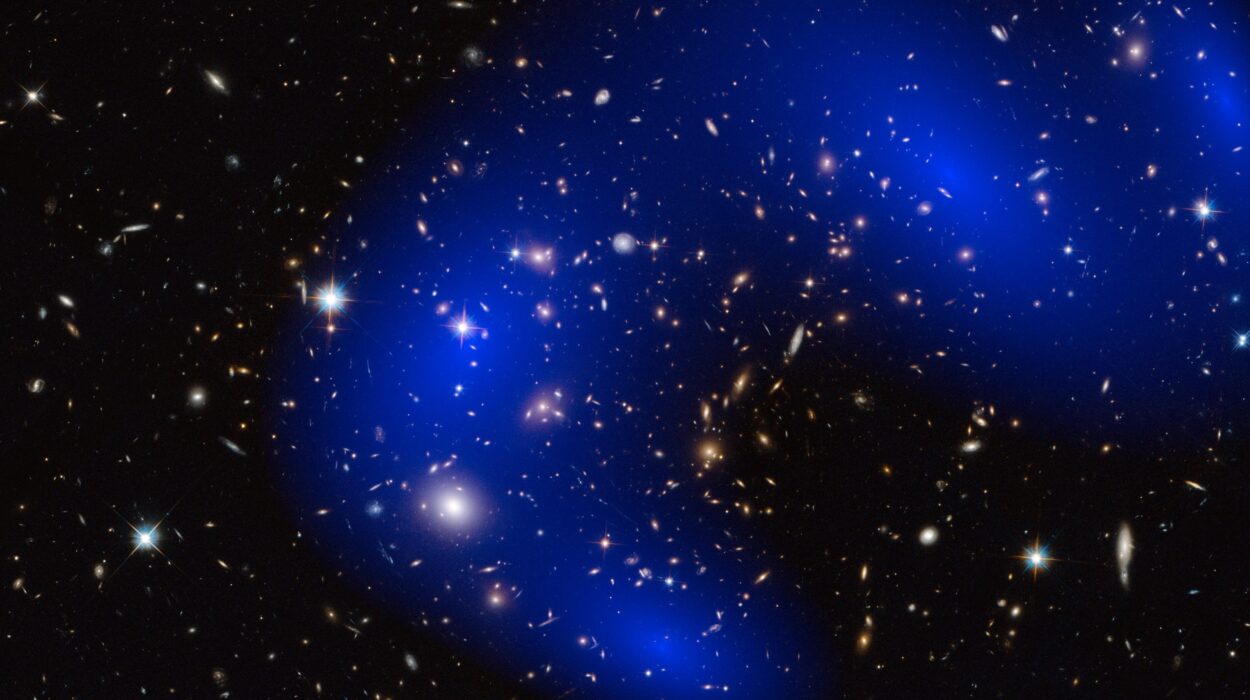Global warming is no longer a distant prediction—it is here, unfolding all around us. The warming of our planet is one of the most urgent challenges of the 21st century, reshaping our environment, threatening ecosystems, and demanding global action. Scientists have been sounding the alarm for decades, but today, the evidence is clearer than ever: human activities are altering Earth’s climate at an unprecedented rate.
Yet while the phrase “global warming” is often used in news headlines and political debates, many people are still uncertain about what it truly means, what causes it, and what its consequences are. To fully grasp the gravity of this crisis, it is essential to understand the key facts that define the problem. These facts are not abstract ideas; they are the reality of our world, supported by decades of scientific research and observations.
In this article, we will explore the 15 most important facts about global warming—facts that reveal its causes, consequences, and the choices humanity must make to secure a livable future.
1. Global Warming Is Primarily Caused by Human Activities
The first and most important fact about global warming is that it is human-driven. While natural climate changes have occurred throughout Earth’s history, the current rapid warming is directly linked to activities like burning fossil fuels (coal, oil, and natural gas), deforestation, and large-scale agriculture.
These activities release enormous amounts of greenhouse gases (GHGs), such as carbon dioxide (CO₂), methane (CH₄), and nitrous oxide (N₂O), into the atmosphere. These gases trap heat, intensifying the natural “greenhouse effect” and causing the planet to warm far faster than it would naturally.
The evidence is overwhelming: scientists worldwide agree that over 97% of climate experts attribute modern climate change to human activities.
2. Carbon Dioxide Levels Are the Highest in Millions of Years
One of the clearest markers of human influence on climate is the dramatic rise in carbon dioxide levels. Before the Industrial Revolution (around 1750), atmospheric CO₂ levels hovered around 280 parts per million (ppm). Today, that number exceeds 420 ppm, the highest it has been in at least 3 million years.
This spike is not a natural cycle—it directly corresponds to the massive burning of fossil fuels and deforestation. Higher CO₂ levels mean more trapped heat, driving global temperatures upward. The link between rising CO₂ and global warming is as solid as the link between smoking and lung cancer.
3. The Planet’s Average Temperature Has Already Increased
Since the late 19th century, the Earth’s average surface temperature has risen by about 1.2°C (2.2°F). This might sound small, but in climate terms, it is enormous. Even fractions of a degree matter when averaged across the entire planet.
The effects are already visible: melting glaciers, longer heatwaves, stronger storms, and shifting weather patterns. Scientists warn that if warming reaches 1.5°C above pre-industrial levels, the risks of catastrophic climate impacts will rise sharply, and if we surpass 2°C, the consequences could be irreversible.
4. The Last Decade Was the Hottest in Recorded History
Records from NASA, NOAA, and other scientific agencies confirm that the 2010s were the hottest decade since modern record-keeping began in the late 1800s. Each of the past eight years ranks among the top 10 hottest years ever measured.
This trend is not a coincidence or a short-term fluctuation—it is a direct consequence of global warming. Heat records are being shattered all over the globe, from scorching summers in Europe to record-breaking wildfires in Australia and the United States.
5. The Oceans Are Absorbing Most of the Heat
The oceans cover over 70% of Earth’s surface, and they play a critical role in regulating the planet’s climate. More than 90% of the excess heat trapped by greenhouse gases has been absorbed by the oceans.
This has led to a sharp rise in ocean temperatures, fueling stronger hurricanes, bleaching coral reefs, and disrupting marine ecosystems. Warmer oceans also expand, contributing significantly to sea-level rise. Without this oceanic “buffer,” surface temperatures would be far higher than they are today—but it comes at a devastating ecological cost.
6. Ice Sheets and Glaciers Are Melting at Alarming Rates
From the Arctic to Antarctica, ice is disappearing at unprecedented speeds. Greenland and Antarctica, home to the planet’s largest ice sheets, are losing hundreds of billions of tons of ice every year.
Mountain glaciers, once stable for centuries, are retreating, endangering freshwater supplies for billions of people. The Arctic is warming about four times faster than the global average, leading to shrinking sea ice that not only raises sea levels but also threatens iconic species like polar bears.
If Greenland and Antarctica were to fully melt, sea levels could rise by more than 60 meters (200 feet)—though such a scenario would unfold over centuries, the current melting already poses a serious risk to coastal communities.
7. Sea Levels Are Rising
Global sea levels have already risen by about 20 centimeters (8 inches) since 1900, and the rate of rise is accelerating. This may seem minor, but even small increases can dramatically worsen coastal flooding, storm surges, and erosion.
By 2100, sea levels could rise anywhere from 0.5 to 2 meters, depending on future greenhouse gas emissions. Low-lying nations like the Maldives and Bangladesh face existential threats, while major cities like New York, Miami, and Jakarta are already experiencing regular flooding linked to higher seas.
8. Extreme Weather Events Are Becoming More Frequent
Global warming does not just mean “hotter weather”—it means more extreme weather of all kinds. A warmer atmosphere holds more moisture, fueling stronger storms and heavier rainfall. Heatwaves are becoming longer and more intense. Wildfires are spreading more rapidly due to hotter, drier conditions.
Scientific studies have shown clear links between climate change and disasters such as the 2021 Pacific Northwest heatwave, Australia’s “Black Summer” fires, and the intensifying hurricanes in the Atlantic. Climate change is not just about the future—it is already reshaping weather today.
9. Wildlife and Ecosystems Are Under Threat
Global warming is disrupting ecosystems worldwide. Species are being forced to migrate as their habitats change, but not all can adapt. Coral reefs, which support a quarter of all marine life, are being devastated by rising ocean temperatures and acidification.
On land, animals like polar bears, snow leopards, and elephants face shrinking habitats, while insects and plants are also shifting their ranges. Scientists estimate that up to one million species are at risk of extinction within decades if warming continues unchecked.
This biodiversity crisis is not only tragic for nature—it also threatens humanity, since ecosystems provide food, clean water, and oxygen.
10. Global Warming Worsens Human Health
Climate change is not only an environmental issue—it is a public health emergency. Rising temperatures increase the risks of heat-related illnesses and deaths. Changing weather patterns spread diseases like malaria and dengue fever to new regions. Air pollution from fossil fuels worsens respiratory problems such as asthma.
In addition, natural disasters linked to global warming displace millions of people, leading to mental health challenges, malnutrition, and inadequate access to healthcare. The World Health Organization has called climate change “the single biggest health threat facing humanity.”
11. Global Warming Is Fueling Climate Migration
As seas rise, crops fail, and disasters intensify, millions of people are being forced to leave their homes. These climate refugees often have no choice but to migrate, sparking humanitarian and political crises.
By 2050, it is estimated that over 200 million people could be displaced by climate-related impacts. This will put immense pressure on governments, economies, and social systems, particularly in vulnerable regions.
Climate change is not just an environmental issue—it is also a profound question of justice and human rights.
12. The Poor and Vulnerable Are Hit Hardest
Although global warming affects everyone, its impacts are not equal. Developing nations, which contribute the least to greenhouse gas emissions, often suffer the worst consequences.
Rural farmers in Africa, coastal communities in Southeast Asia, and island nations in the Pacific are disproportionately vulnerable to floods, droughts, and rising seas. Meanwhile, wealthier nations, though also affected, often have more resources to adapt.
This disparity has sparked calls for climate justice, demanding that wealthy countries take greater responsibility for cutting emissions and supporting vulnerable communities.
13. We Already Have the Solutions—But Lack Urgent Action
One of the most frustrating facts about global warming is that the solutions already exist. Renewable energy technologies such as solar, wind, and hydropower can replace fossil fuels. Energy efficiency, reforestation, and sustainable agriculture can cut emissions further.
Transitioning to a clean energy economy could also create millions of jobs, improve health, and reduce poverty. Yet political and economic obstacles continue to delay urgent action. The science is clear: to avoid the worst impacts, global emissions must be cut by half by 2030 and reach net-zero by 2050.
14. The Window for Action Is Closing Fast
Perhaps the most sobering fact of all is that we are running out of time. Every year of delay makes it harder to limit warming to safe levels. If we continue on our current trajectory, we risk locking in catastrophic impacts for centuries to come.
The Intergovernmental Panel on Climate Change (IPCC) warns that the next decade is critical. Choices made now—by governments, businesses, and individuals—will determine the kind of world future generations inherit.
15. Hope Still Exists—If We Choose It
Despite the daunting challenges, there is still hope. Global awareness is growing, renewable energy is expanding rapidly, and young people around the world are demanding action. Countries are beginning to cooperate through agreements like the Paris Climate Accord, though much more is needed.
History shows that humanity is capable of extraordinary change when faced with existential threats. Global warming is the greatest challenge of our time, but it is also an opportunity to build a cleaner, fairer, and more sustainable world.
Conclusion
Global warming is not a distant problem; it is here, reshaping the world we live in. From rising seas to melting ice, from health risks to mass migrations, the impacts are already unfolding before our eyes. Yet the most important fact of all is this: the future is not yet written.
If humanity acts decisively—reducing emissions, protecting ecosystems, and investing in clean energy—we can still prevent the worst outcomes. But the window of opportunity is narrowing. The science is clear, the solutions are available, and the responsibility lies with us.
Global warming is not just about climate—it is about people, justice, and the survival of life on Earth. The question is no longer whether it is happening, but whether we will rise to the challenge.






